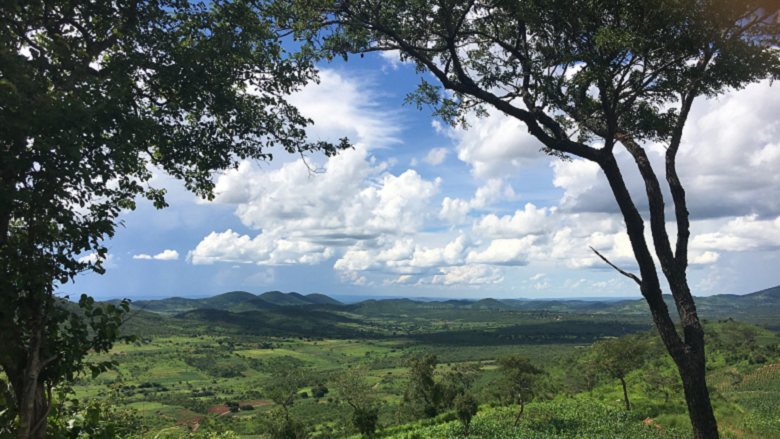Across Zambia, worsening impacts of climate change including more frequent and intense droughts and floods have led to food, water and energy insecurity, especially among the country's most vulnerable rural communities.
The majority of the 1.7 million population in the Province lives in rural areas, and depends on agriculture, forests and wildlife, yet these resources are being lost at a fast pace. This is especially apparent in Zambia’s Eastern Province on the drive from Lusaka to Chipata. Other factors that contribute to the problem include, inadequate support for land use planning, poor agricultural and forestry resources management practices, untapped alternative livelihood options, and poor market access for marketable commodities and cash crops to farmers.
To address these urgent challenges, the Government of Zambia, with support from the World Bank, has launched a $33 million forest landscape program to improve sustainable land management, diversify livelihoods options available to rural commodities, including climate-smart agriculture and forest-based livelihoods, and reduce deforestation in the country’s Eastern Province.
The Zambia Integrated Forest Landscape Program fits the Government of Zambia’s vision for addressing development and climate change challenges. It aims to enhance the benefits from sustainable forestry, agriculture and wildlife activities, and reduce the vulnerability of communities to the impacts of climate change. Delivering climate-smart agriculture technologies that boost productivity, improve resilience and reduce emissions to farmers is a key feature of the program.


